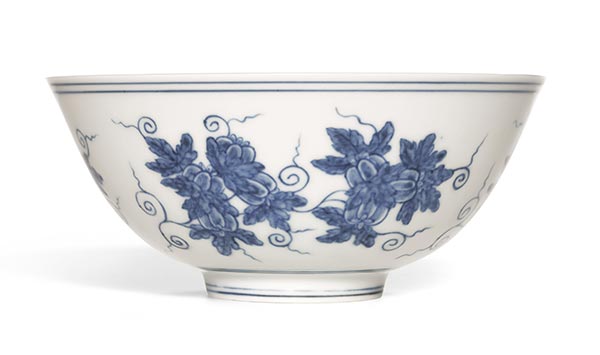 |
|
Three blue-and-white porcelains of Ming Dynasty in Pilkington's collection will be auctioned. [Photo/China Daily] |
A second generation of collectors arose after World War II, who bought from the early collections of Chinese art. Pilkington was part of this wave, building up his own accumulation with the aid of key Chinese antique dealers in London.
Pilkington died in 1969, at age 40, ending a mere decade of collecting.
Chow says Pilkington, however, put together "a strong collection that shows the high standards and character of English collecting" of his time, and the aesthetic taste of that tradition later influenced collectors in Hong Kong and Japan in the 1970s.
Pilkington's collection of Song ware celebrates the diversity of non-official kilns at the time. His assembly of fine porcelains of early and later Ming periods would be difficult to acquire these days, Chow adds.
He says a bulk of Pilkington's collection to be hammered are small objects that can be handled in the palm of one's hand, and that's quite typical of traditional collectors' appetites.
Three examples of Pilkington's connoisseurship of Ming blue-and-white porcelain will lead the sale on April 6.
One is a "palace" bowl that features patterns of clusters of flowers and fruits. It stands 15 centimeters tall and was produced during the Chenghua reign, in the late 15th century. A similar Chenghua-period "palace" bowl bearing okra (gumbo) patterns sold for HK$141 million at a Sotheby's sale in October 2013.